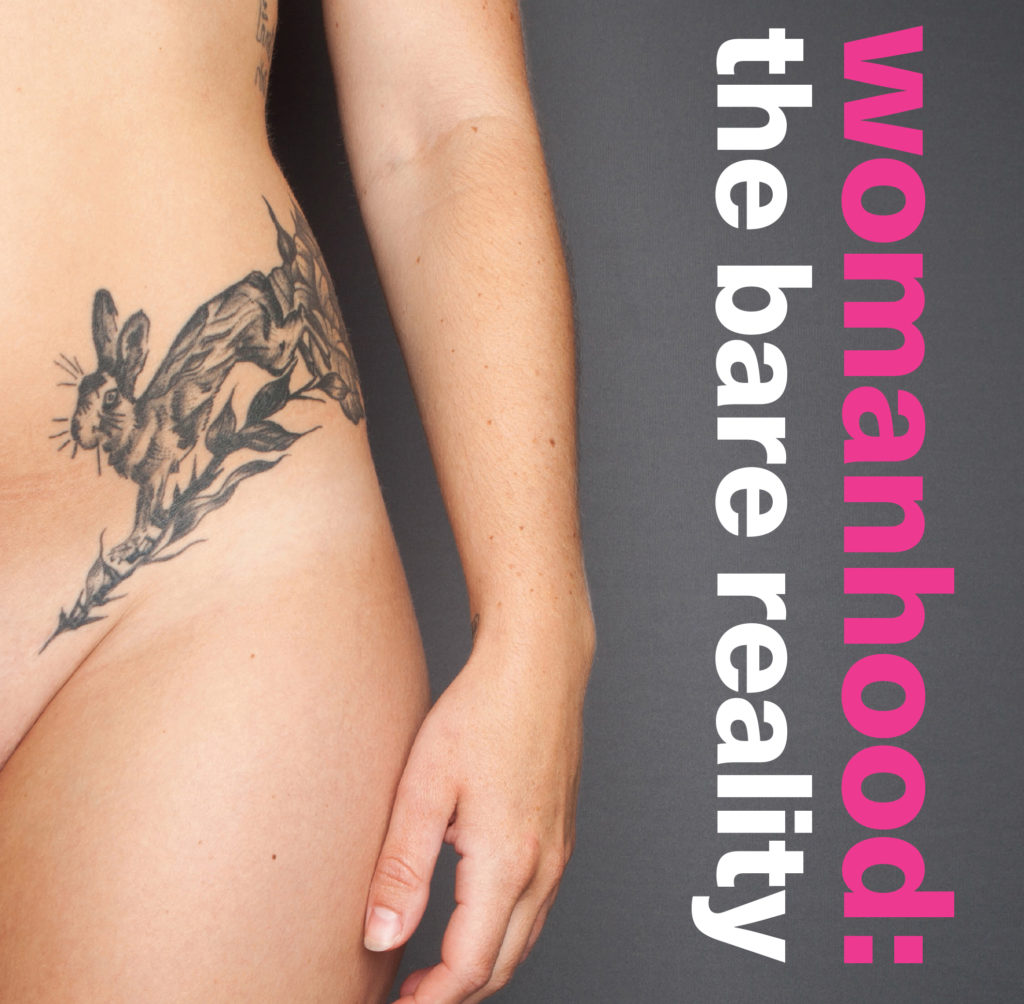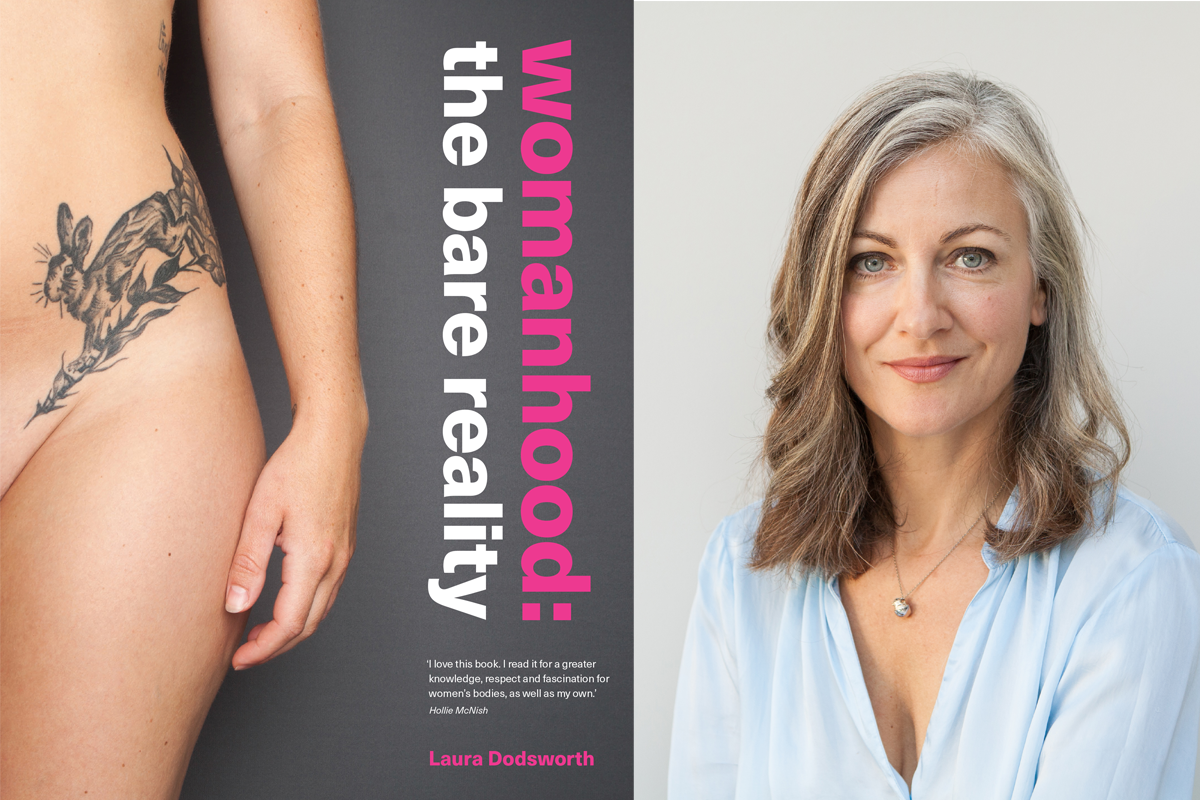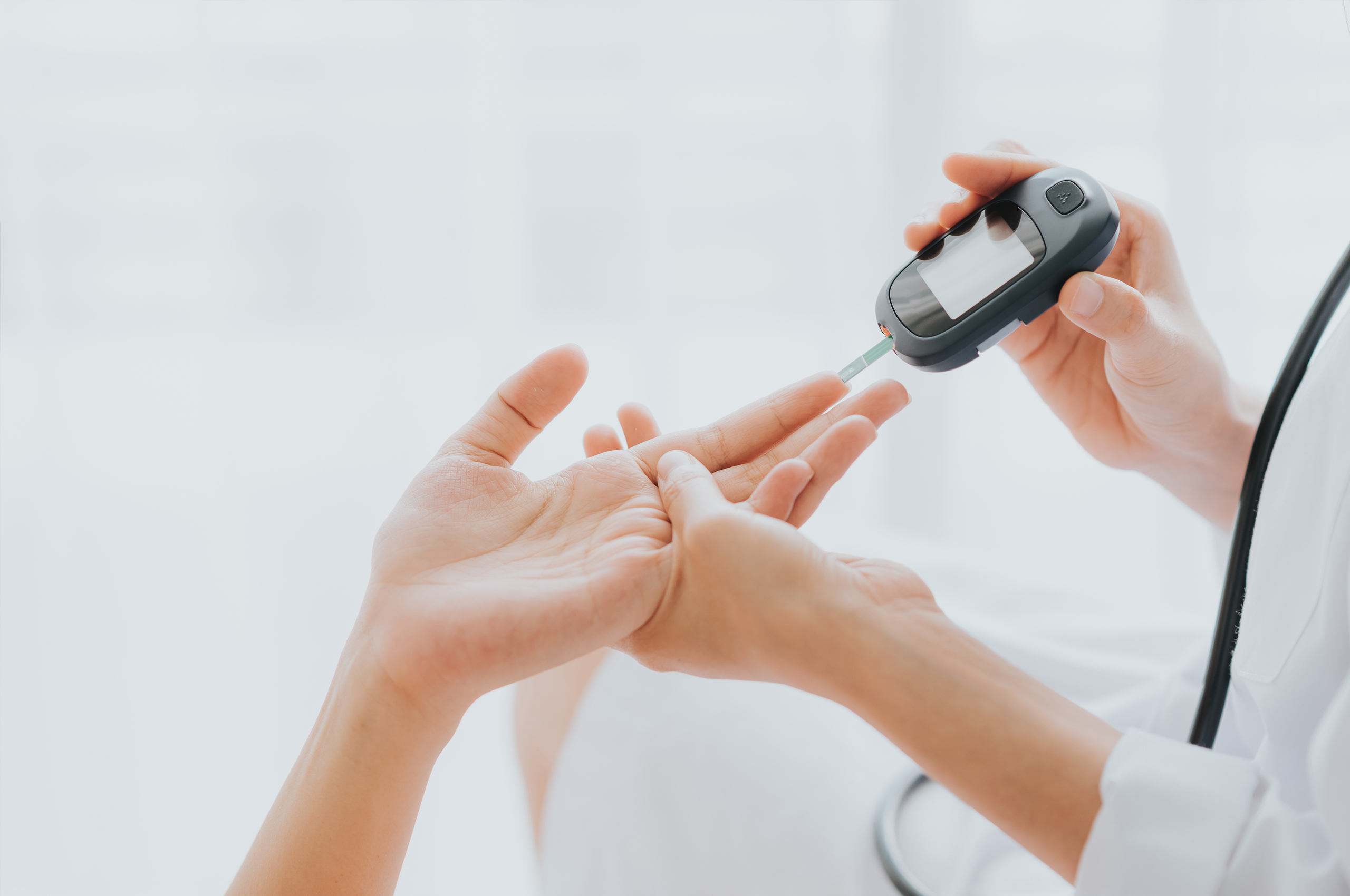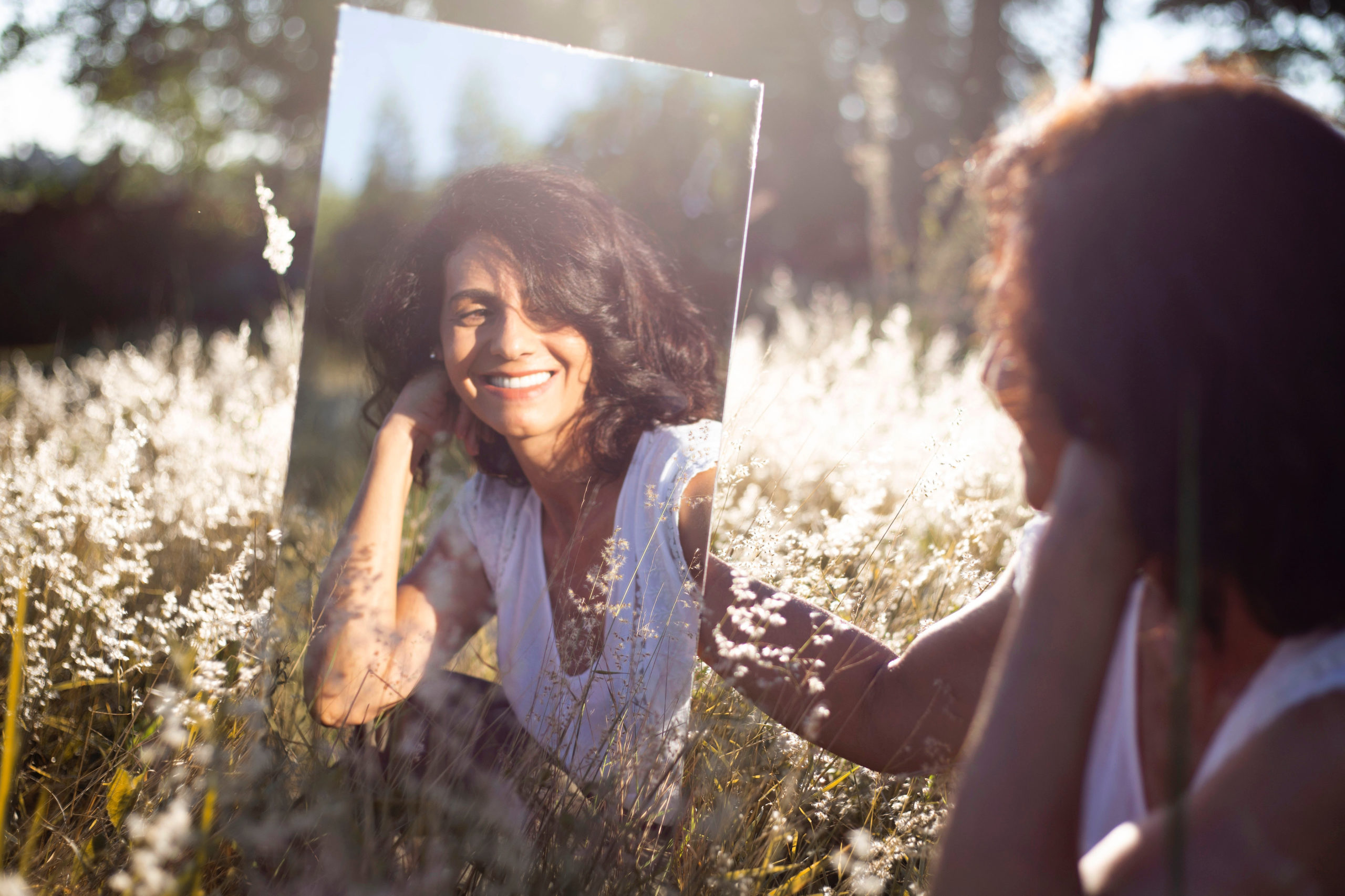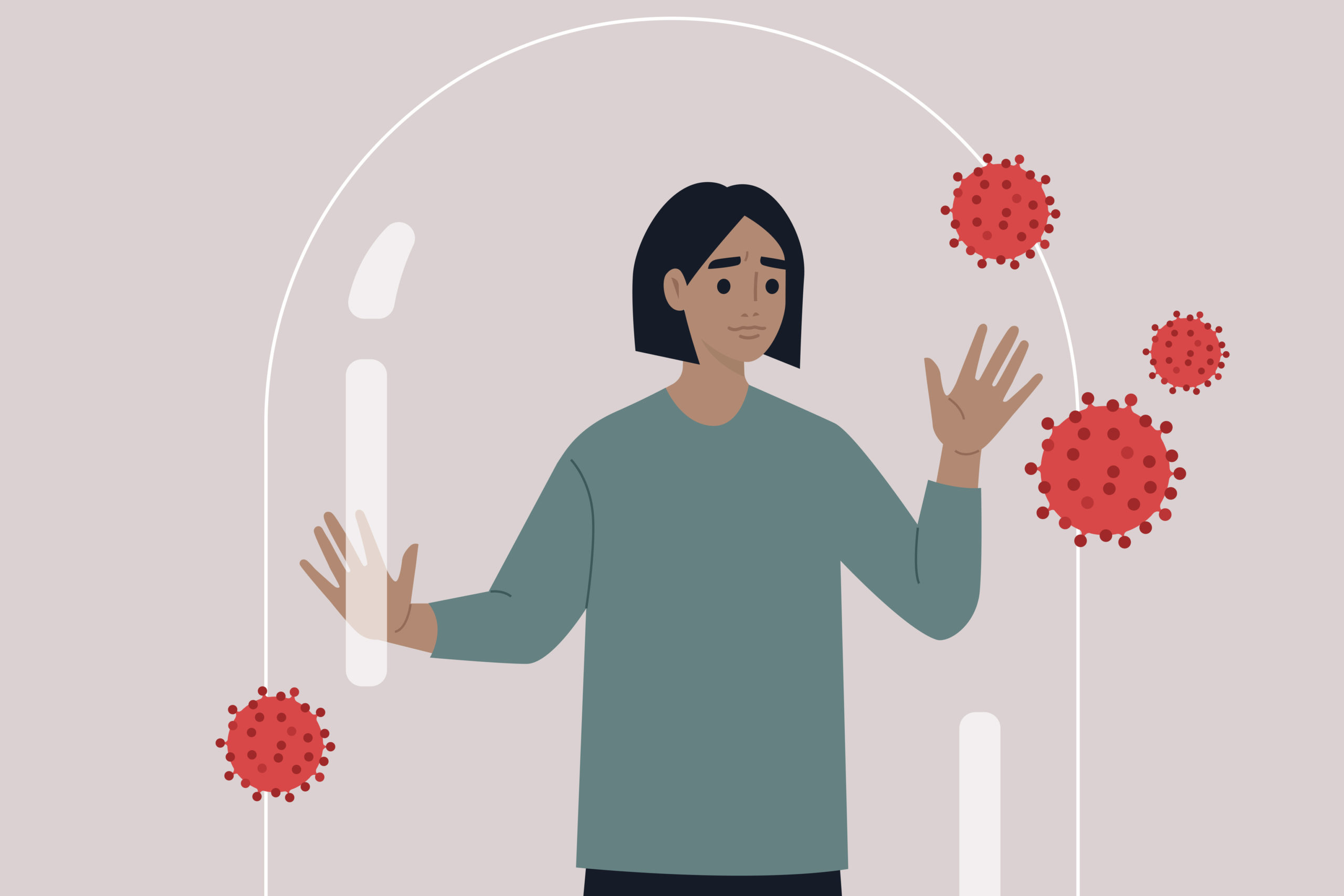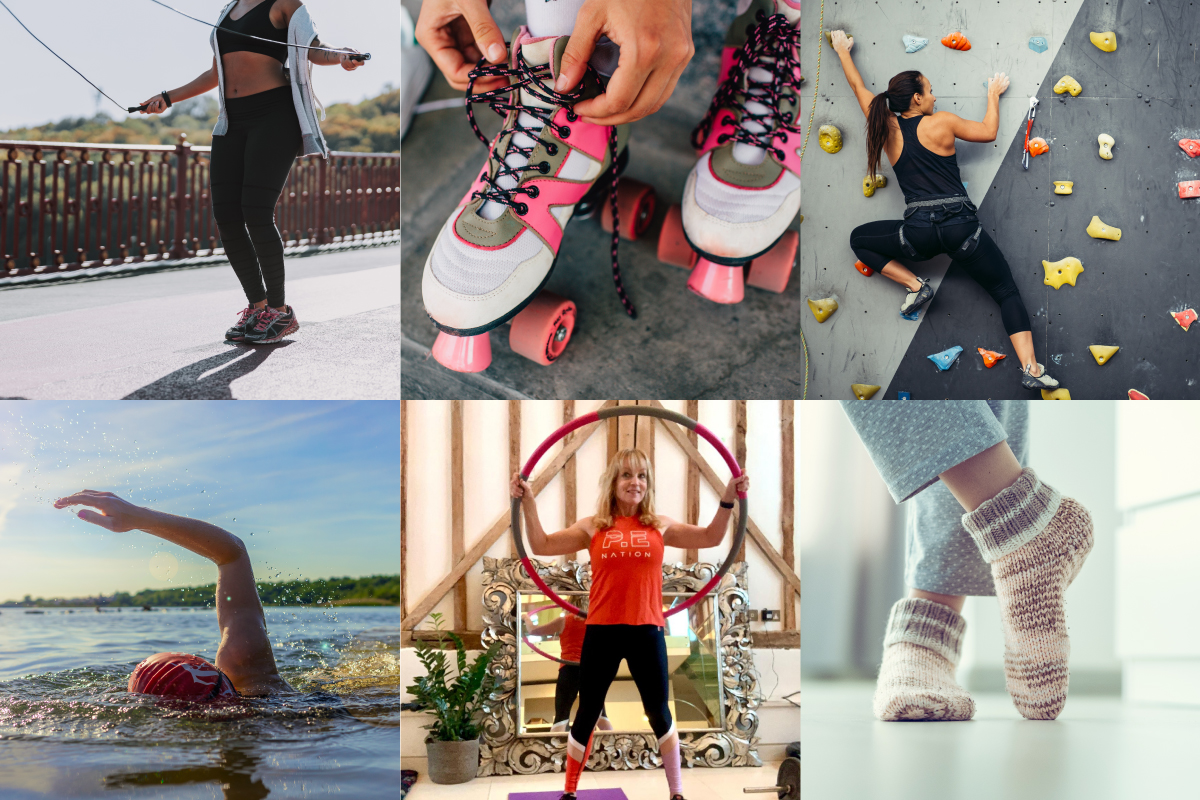How well do you know your vulva?
The fact is, a lot of women have no idea what’s really down there. But our vaginas and vulva’s are such an important part of who we are and what we go through. It’s part of some of our biggest life experiences. Beyond just sexuality and pleasure, it experiences pain, trauma, birth, miscarriages, menstruation and menopause. It is part of our gender and simply who we are as women. But despite the importance of this part of our bodies, there is still a stigma about getting to know your own vulva.
Laura Dodsworth’s new photography book, ‘Womanhood: The Bare Reality’, covers that very subject. It features 100 pictures of different women’s vulvas and gives them the chance to tell their story about their own bodies, and what they had been through. This book is part of the ‘Bare Reality’ series, with previous books including pictures of different women’s breasts and men’s penis’, discussing their womanhood and manhood.
She was inspired to do the third in her series after hearing that a record number of young women were asking their doctors about Labia Plasty, a cosmetic survey to change the appearance of their Vulva. Perhaps the most shocking fact was that girls as young as nine were enquiring about it. Her immediate reaction was ‘No!’. She was determined to show the women that there is no normal, and everyone’s bodies are different.
The Damaging Impact of Porn
“If you google vulvas, although you could use a myriad of words, a myriad of euphemisms, you’re going to find lots of pictures on the Internet, but they’re all going to be from porn.”
Porn makes young women feel like their vulvas are abnormal and the ones on screen are how they should look. This can have such a damaging effect on their self-esteem, affecting their own sexuality and beyond. Determined to wrestle women’s bodies back from the jaws of porn, this book departs from the ‘ideal vagina’ and presents the un-airbrushed truth. It allows us to understand and celebrate our diversity.
The book shows pictures of every variation of vulvas. Laura says that the reaction of most of the women when they saw the pictures afterwards was asking her if they were normal or if they were ugly. The insecurity of not being sure how it should look ran through so many of her photo shoots. Within the book, there is women who had never looked before and those who were familiar with their own bodies. There were women who didn’t like what they had and those who did.
Don’t Attach Shame To Your Body
It’s important that we don’t attach any shame to our own bodies, whether it’s comparing it to other bodies or just refusing to embrace how it looks. We live in our bodies every day, it goes through everything we go through. By fighting against what it is we allow our mental health to be repeatedly damaged. The message of the book is that we are all different. It’s so important that we embrace our differences in all parts of our body.
When it comes to the difference between men and women when doing the two different books, Laura said that both men and women experience body shaming but it comes from a different angle.
“Men are under pressure to be enough, its about being tall enough, big enough, successful enough, rich enough, hung enough, man enough. Whereas women are under a different sort of pressure I think. A lot of women feel like they’re too much. They’re too big, too fat, too hairy, too bouncy, too uncontrollable, too female.”
What’s Normal?
With this book, she wants to show the spectrum of normal and give people a healthy dose of reality to break down the unobtainable flawless fantasy that we see in the media. There is no one singular male and female experience when it comes to our bodies and our lives.
The radical thing about this book isn’t the photos of vulvas. It’s women showing their bodies on their own terms, in their own words. It is them reclaiming their womanhood. We need put ourselves back on a pedestal and love ourselves. Our bodies are so often misrepresented, but its time for us to take back control of how we view ourselves. Laura herself says that this project has changed her view of herself. It showed her that with everything that we, as women, go through so much but we always keep going.
“I feel better about myself as a woman, I probably feel more powerful, myself, than I ever did before”
